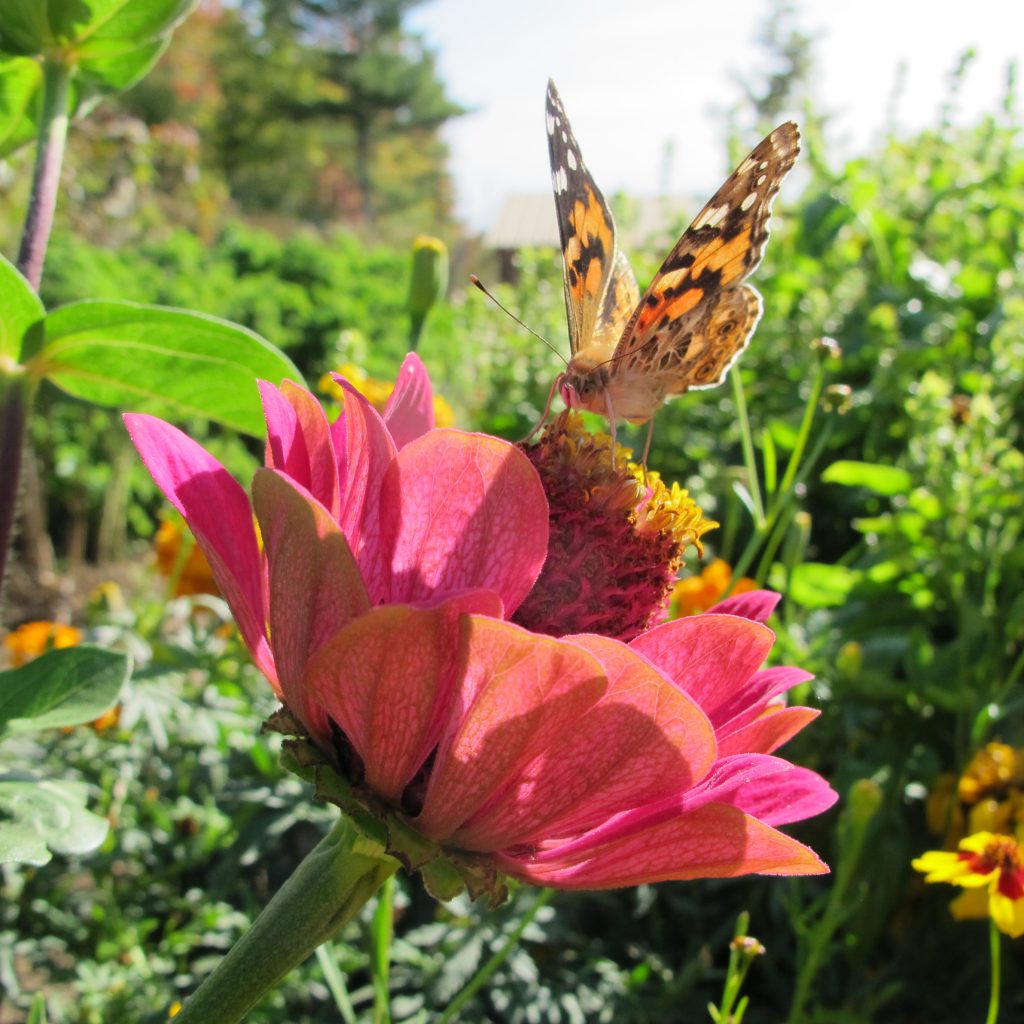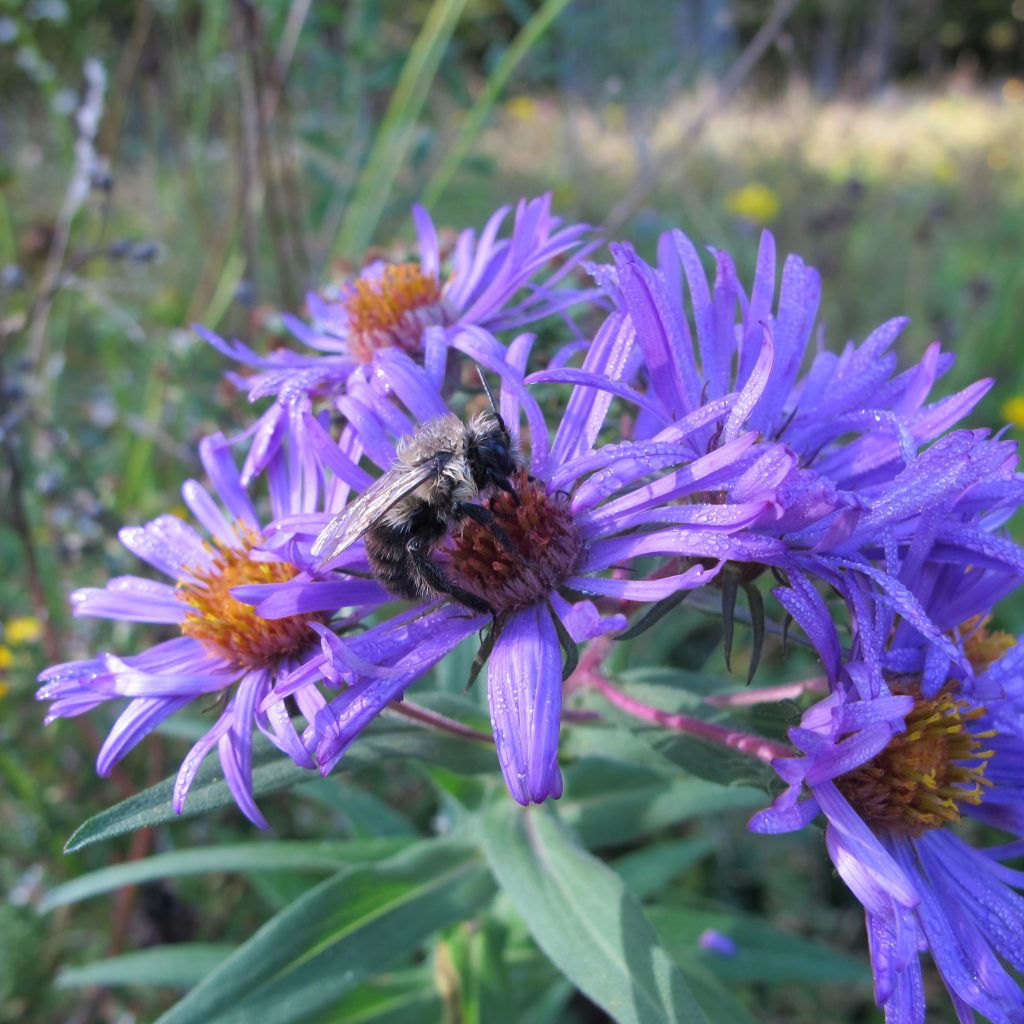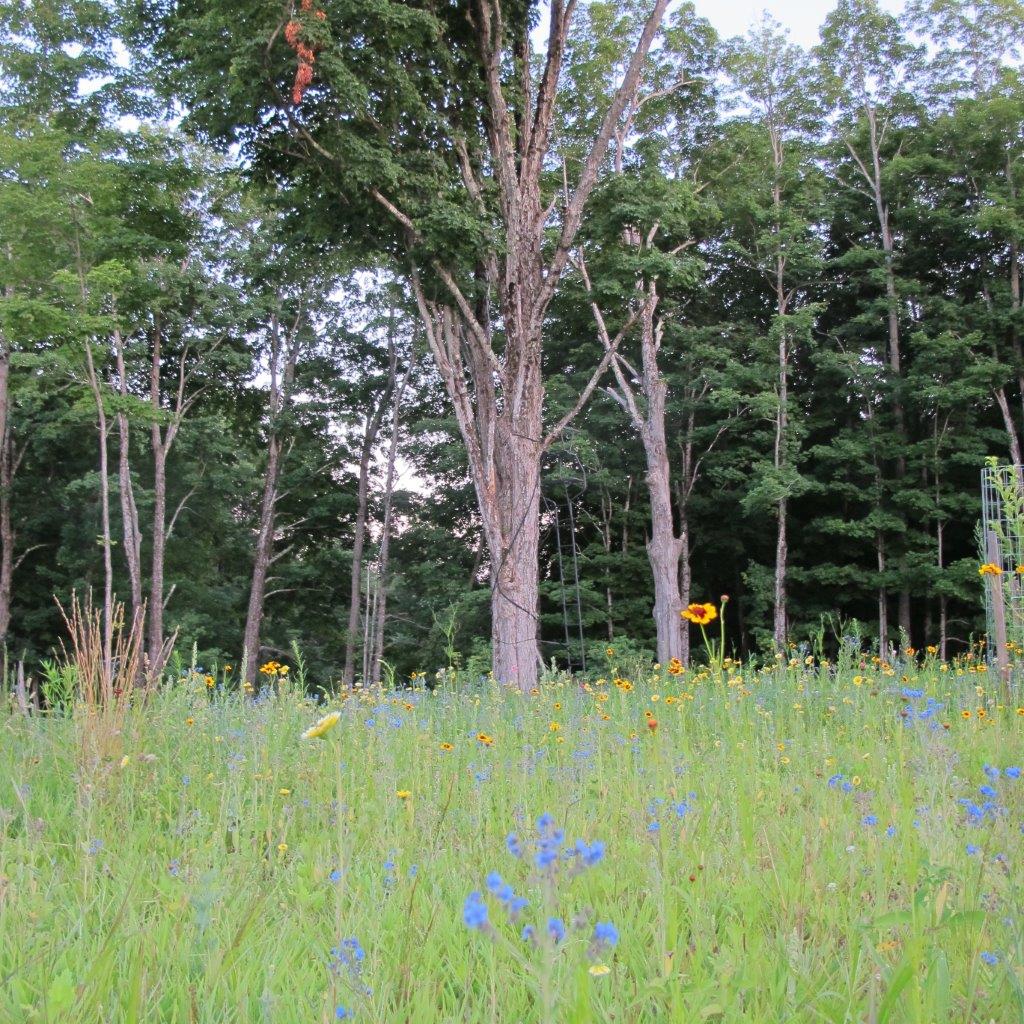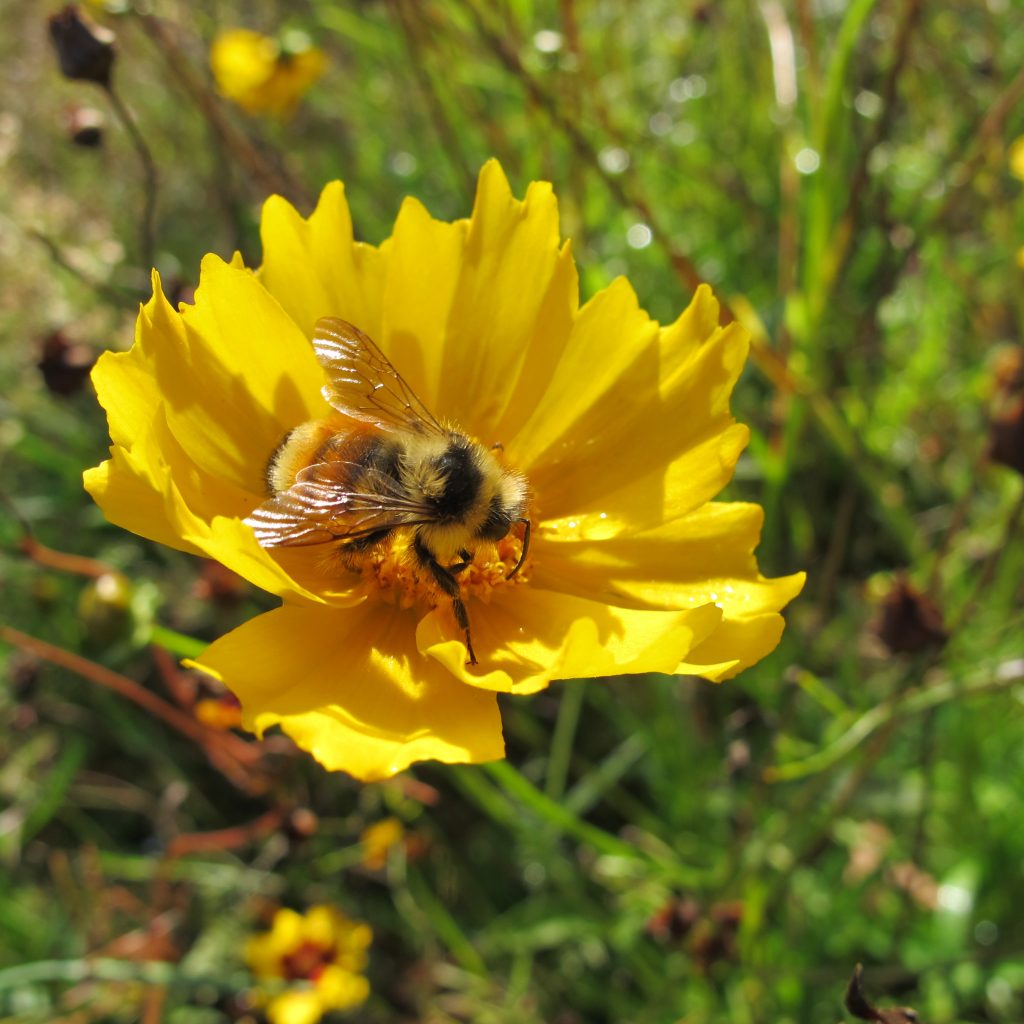ArrayMarch 20, 2018 at 8:44 am
 Many of us have heard about widespread declines of some pollinator species. Not only do bees and butterflies play a critical role in natural ecosystems and in agriculture by pollinating plants, but they’re pretty cool to look at too! While the causes for pollinator declines are not fully understood, there are some simple steps that you can take to help provide habitat for these remarkable insects. And unlike some wildlife species, even folks with a small, urban backyard can have a positive impact.
Many of us have heard about widespread declines of some pollinator species. Not only do bees and butterflies play a critical role in natural ecosystems and in agriculture by pollinating plants, but they’re pretty cool to look at too! While the causes for pollinator declines are not fully understood, there are some simple steps that you can take to help provide habitat for these remarkable insects. And unlike some wildlife species, even folks with a small, urban backyard can have a positive impact.
Mowing: For those of you with a lawn or field, consider setting aside a portion that is left unmowed until late in the fall; this will give flowers a chance to bloom and be used by pollinators. If this isn’t possible, mowing your lawn less frequently during the spring and summer can also benefit pollinators by allowing some flowers, such as dandelions and clover, to bloom. You can also choose to mow fields or different sections of your lawn on a 2 or 3 year rotation, giving insects plenty of opportunity to use the various plant species that will become established.
Wildflower Mixes: If you’re like me and would rather minimize amount of lawn that you have to maintain, consider establishing a wildflower ‘field’ on a portion of your property. Wildflower mixes can be found at many farm and seed stores, or ordered online. If possible, use a seed mix that is comprised of native species; these will be most beneficial to local pollinators and will reduce the chance of unintentionally establishing an invasive plant. We mow our small 1/10 acre wildflower patch in November every year to help suppress competing weeds, and started seeing extensive use by bees and butterflies by the second summer.

Pollinator Gardens: Planting a pollinator garden can benefit numerous species, even in a relatively small space. There are many garden annuals, perennials, and flowering shrubs that can be planted near homes to provide pollinator habitat. They key is to provide a diversity of blooms from early spring to fall.
Pesticides: While herbicides and insecticides can be useful management tools, their use can also cause mortality of helpful insects. Where possible, apply herbicides as a spot treatment to target individual unwanted plants, rather than broadcast spraying. Insecticides should only be used when flowers are not in bloom, and try to select formulations that can be applied selectively.
Nest boxes: While nesting areas aren’t typically rare on the landscape, they are any easy way to create habitat for pollinators near your home. Nesting boxes for solitary bees are widely available at home and garden stores, or you can make your own out of a block of wood (plans are available online). Place the nest in a sheltered spot, with the entrance holes facing the morning sun.

